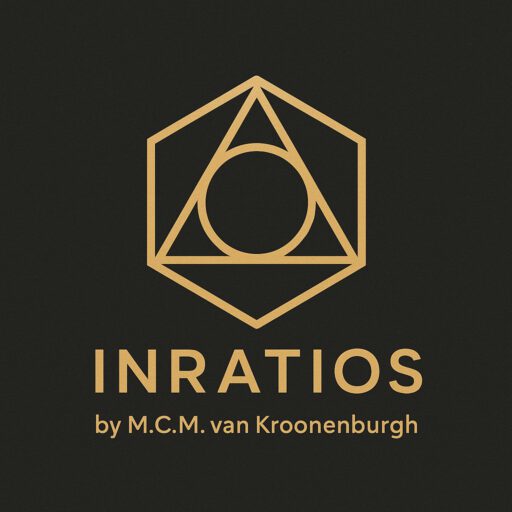Whitepaper Efficiency I – The Geometry of Intelligence
Visual Efficiency through the Geometric Ratio Model (GRM)
(GRM Efficiency Series – Whitepaper E-I)
Why this matters
As AI-generated imagery, UX design, and metaverse environments become more complex, they often suffer from visual noise, spatial imbalance, and computational overload. These issues arise not from lack of power, but from the absence of underlying structure. Traditional geometry, built on π and golden ratios, wasn’t designed for digital logic or grid-based composition.
How GRM changes the game
The Geometric Ratio Model (GRM) introduces a scalable visual grammar based on fixed proportions:
- SPU (1D) – for perimeter and rhythm
- SAU (2D) – for layout and spatial logic
- SVU (3D) – for volume and form
By using the square as the primary container, GRM enables AI models, designers, and developers to work with dimensionally consistent, logic-driven geometry that reduces trial-and-error and improves harmony, from the first render.
What this paper provides
This whitepaper outlines the practical gains of GRM when applied to generative processes and spatial systems. It includes:
- Real-world use cases in AI image generation, underwater motion, mandala design, and metaverse layouts
- Side-by-side visual benchmarks comparing classical vs GRM-based outputs
- Measured improvements of up to 70% fewer iterations, 40% less post-processing, and +50% user-rated harmony
- Templates, SVG logic overlays, and prompt design strategies for DALL·E, Midjourney, Unity, and more
- Preview of energy-saving potential in server-side rendering
Request this whitepaper
Whitepaper E-I is available by request.
To receive the document, email info@inratios.com with the subject line:
Request: Whitepaper E-I – The Geometry of Intelligence

This paper is free for educational and exploratory use. Commercial or derivative use may require a separate agreement.
“GRM doesn’t simulate harmony — it defines it.”
— M.C.M. van Kroonenburgh, MSc

